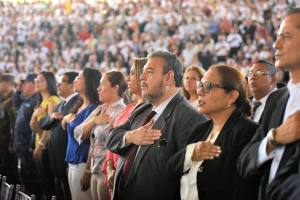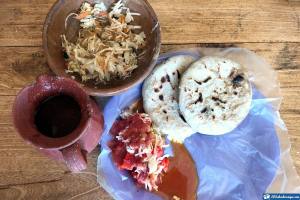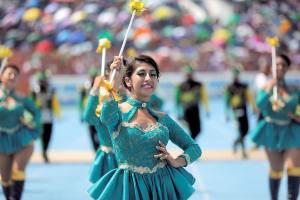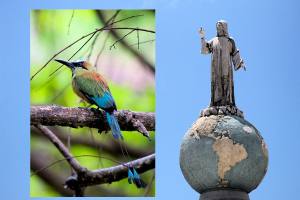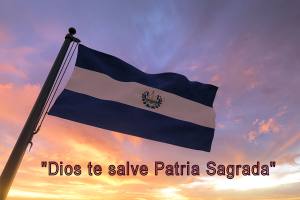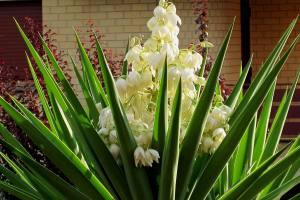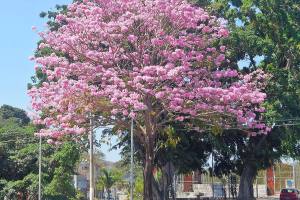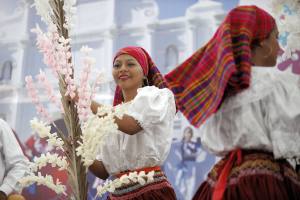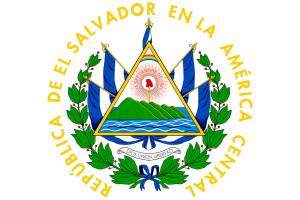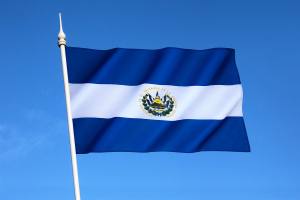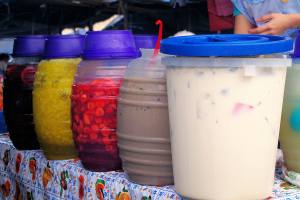One can recognize a people’s culture and traditions by observing their traditional costumes, which are usually a reflection of their long history. It is the case with the typical Salvadoran costumes worn daily in some departments or during their most important festivities.
Through these, we can appreciate the identity of a nation where tradition is shown through the fusion between two cultures. The pre-Hispanic peoples and their transformation with the colonization led them to adopt the Spanish costumes.
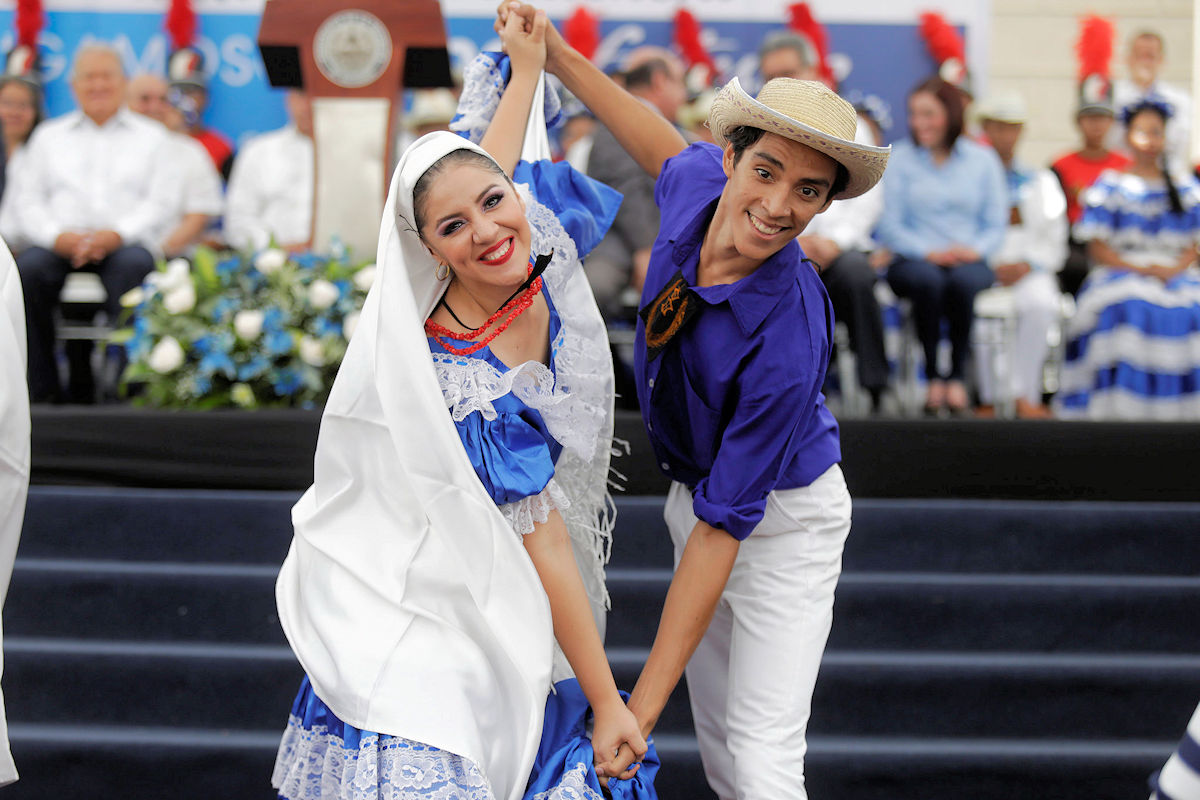
Typical costumes of El Salvador. Photo by Presidencia El Salvador. Flickr
This way of dressing is what we know as the typical costume. Over the years, they have been modernized to make them more colorful to exalt the history and customs during the most important festivities of El Salvador.
Without further ado, here are the typical costumes described by the Ministry of Culture, Youth and Sports as authentic and with greater significance for the country.
Typical female costumes of El Salvador
The typical costumes worn by women differ in color, shape, and ornamentation according to the department to which they belong. However, they have common elements, such as the shawl, a scapular, and the use of sandals, as we will see below.
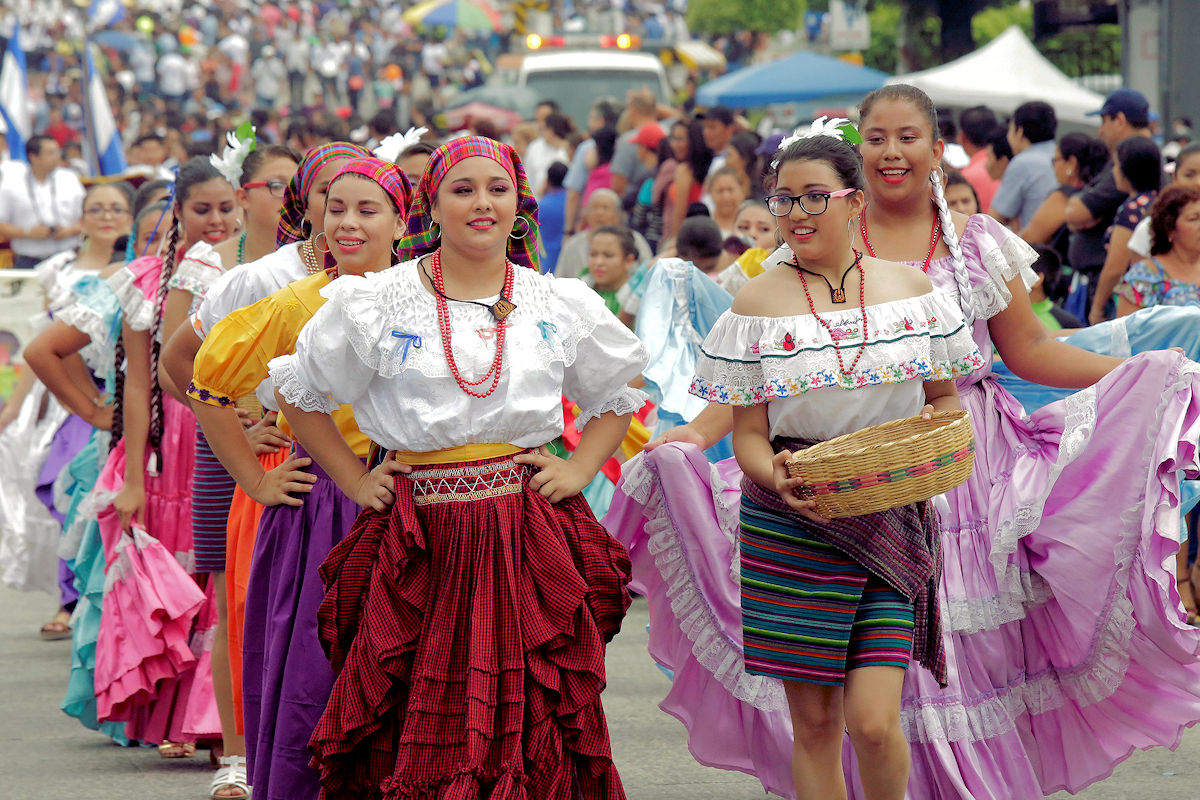
1. Izalqueña
It is considered one of the essential typical costumes, given its Pipil heritage, in the region of Izalco in Sonsonate. The Izalqueña costume comprises huipil, güipil or wipil, cuashte, and caites. These are the terms used to refer to the blouse, skirt, and refajo in the native language.
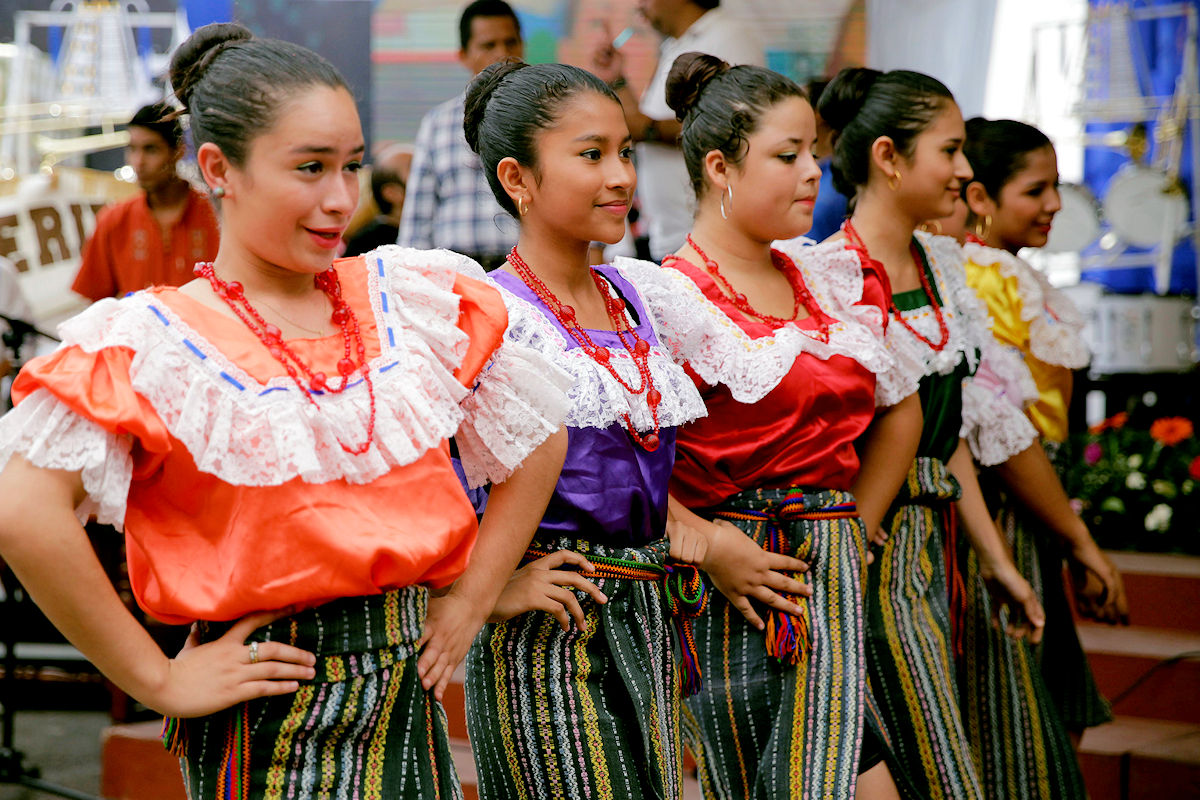
It is a colorful costume adorned by borders in tranzas, a waistband on which a refajo is placed. The costume includes a bright braid on the head, and you can wear sandals or go barefoot, depending on the occasion.
2. Cacaopera
The Cacaopera costume is simple and based on a full unicolor dress with hand-embroidered details. This dress is characteristic of the department of Morazán and includes an apron with large pockets, a bag used as a purse, and embroidered with colorful flowers.
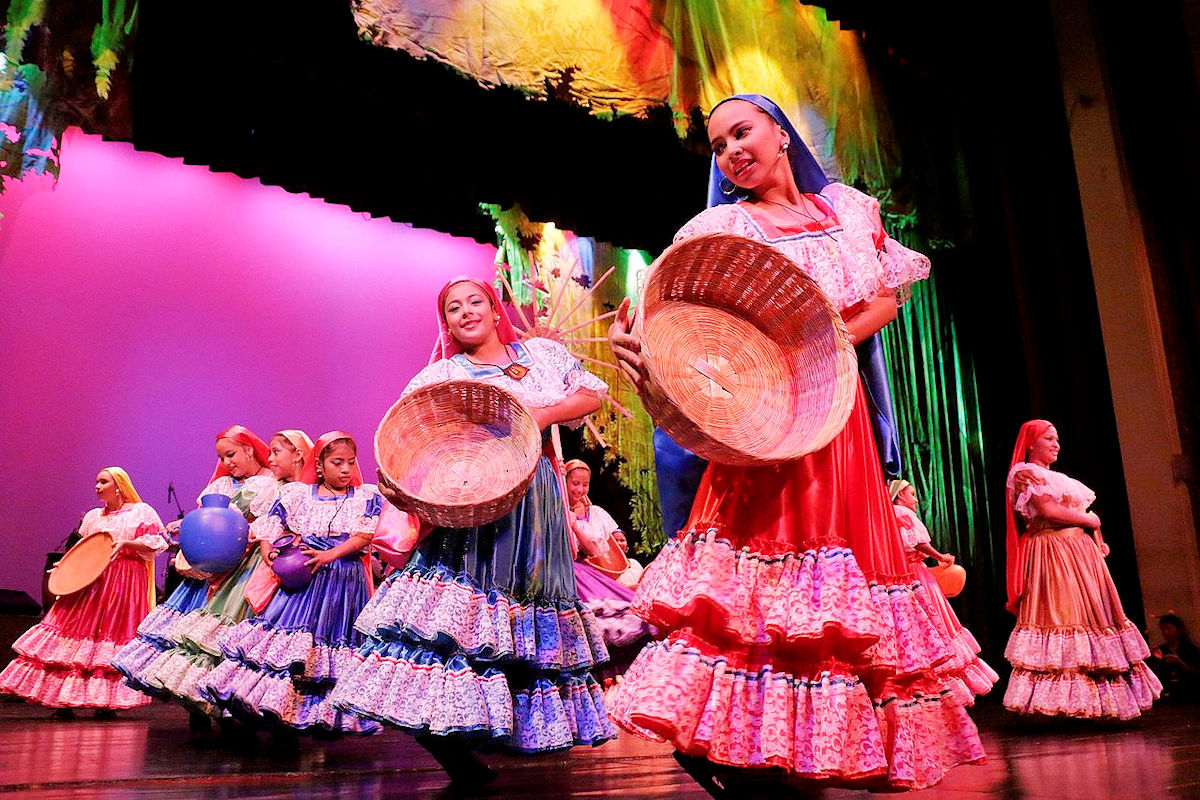
The last mentioned elements make of the same fabric as the mantle worn on the head, which is very similar to the one used in the Arab tradition.
3. Mingueña
It’s one of the typical costumes of El Salvador that has three types of clothing depending on the occasion. That said, the Mingueña costume is used in Santa Ana, Ahuachapán, and especially in the Sonsonate department.
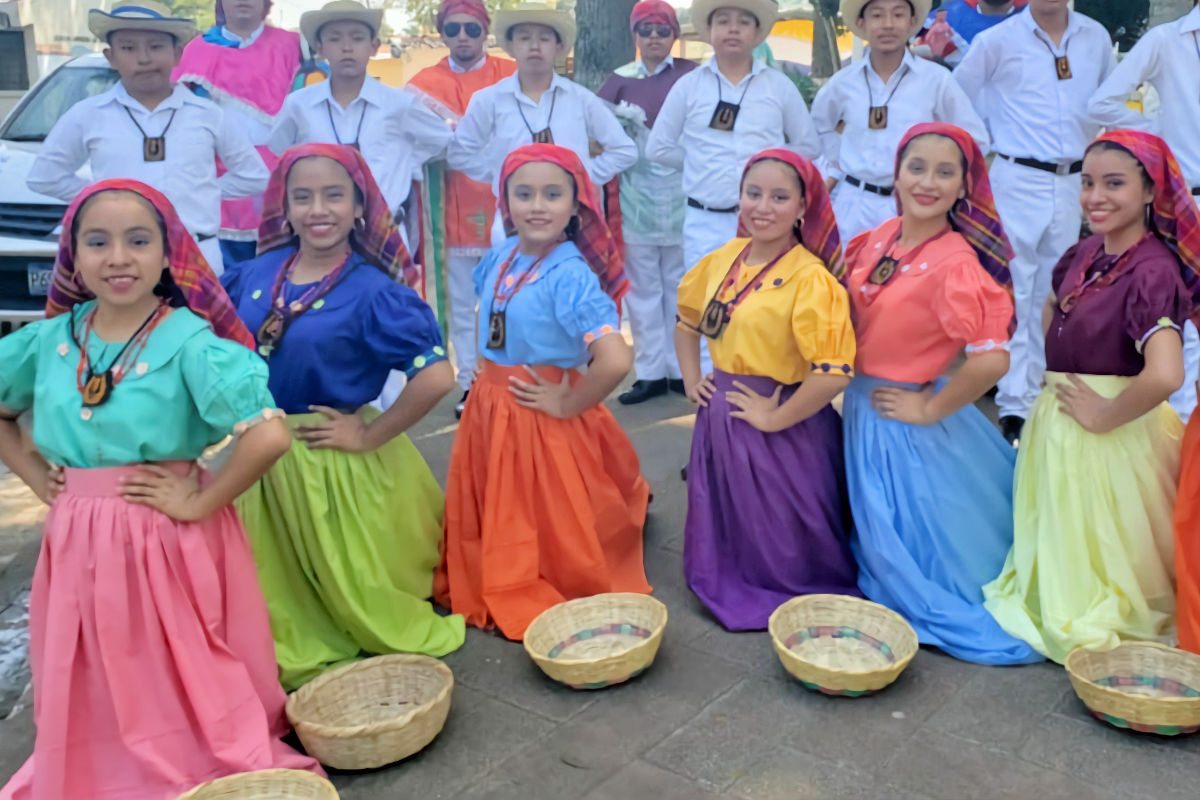
Typical characteristics are the skirt a quarter above the ankles, colorful braid on the head, scapular, and blouse with poplin sleeves. For the Mingueña, a shawl and a hidden sash are added for parties and going out. At the same time, the costume for the house consists of a loose-fitting blouse. It is without a cape but keeps the rest of the elements.
4. Las Panchas
Las Panchas is very similar to the typical Volcaneña costume, and it is used in San Salvador, especially in the municipality of Panchimalco. You can find this costume in two versions, and the first one is the Pancha de Blanco, composed of a dark-colored skirt and a light-colored blouse for contrast.
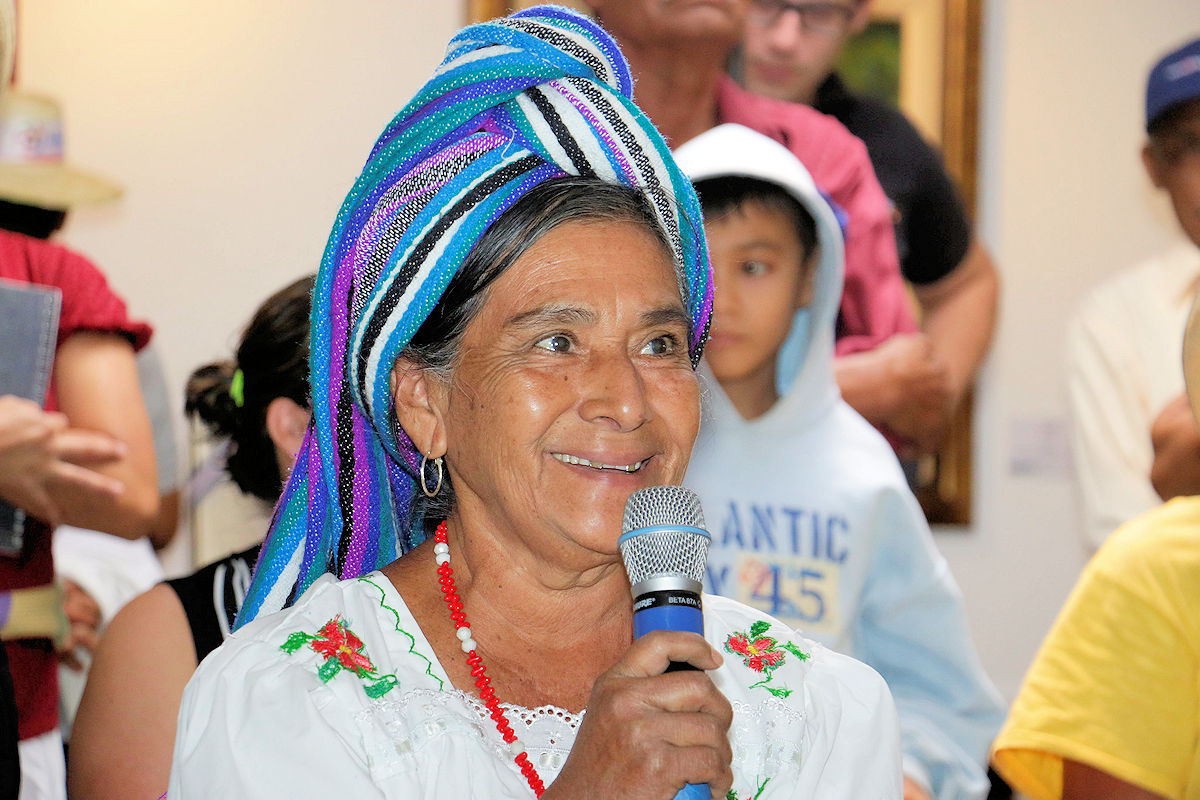
It includes a handkerchief on the head, better known as Pancho, whose red color is used by single women, and black with purple for married women and widows. The other is the Pancha de negro, where the skirt is red plaid and decorated at the waist with yellow embroidery.
This embroidery is intended only for single women. The appearance of the skirt can differentiate both costumes. One consists of two saddlebags without flounce, while the other has three overlapping canvases with dress flight.
5. Volcaneña
We continue with the Volcaneña costume; it stands out as one of the best-known typical costumes in the department of La Libertad and San Salvador. In ancient times it was made of brightly colored silk, and now it is used in satin to retain this feature.
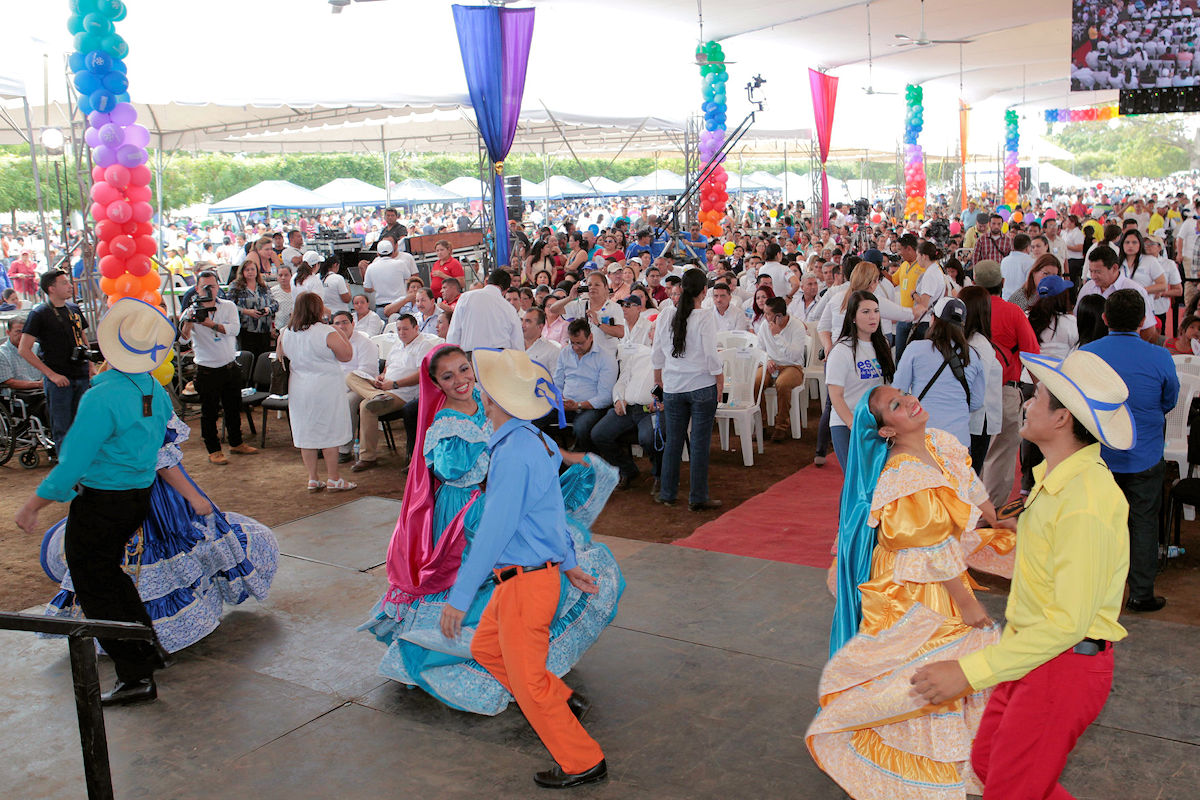
It consists of a wide skirt and blouse of the same color, with lace on both pieces. Like the previous ones, women usually wear a shawl on their heads, different from the dress’s color and with a length that goes down to the heels.
6. Nahuizalqueña
The Nahuizalqueña costume represents the Salvadoran indigenous legacy and is used in the region of Izalco and Nahuizalco. It consists of a colorful shawl covering the entire sword and a headpiece with hair and colorful ribbons.

The blouse has a yoke and flounce, which is short and gathered by a waistband. Curiously, its buttons are of different colors, and according to tradition, this is to prevent them from getting lost. The skirt has an entirely hand-woven cuashte.
7. Yucuaiqueña
The Yucuaiqueña costume is typical of the eastern region of El Salvador, especially in the municipality of Yucuaiquín in the department of La Unión. Depending on the area, the costume is usually combined between two colors.
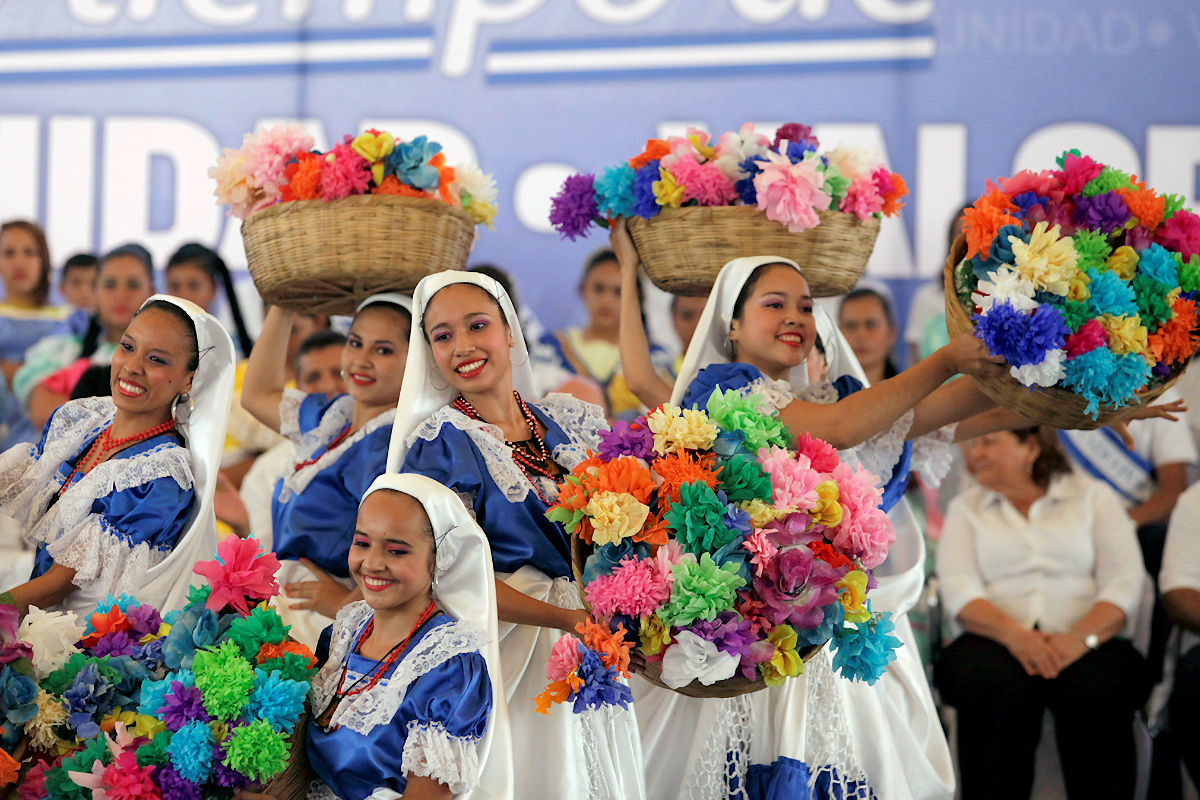
Predominantly red and blue throughout its length. At first glance, you might think it is a one-piece suit, but it is composed of a long blouse adorned with embroidery. It is used inside the skirt, reaching the heels with a short flight.
8. Campesina (Peasant)
Like others on our list, the peasant costume consists of two types. The first one belongs to the traditional category, made in two united pieces. That is to say, the blouse and the skirt are joined together; it is long up to the heels. Everything is made of the same fabric.
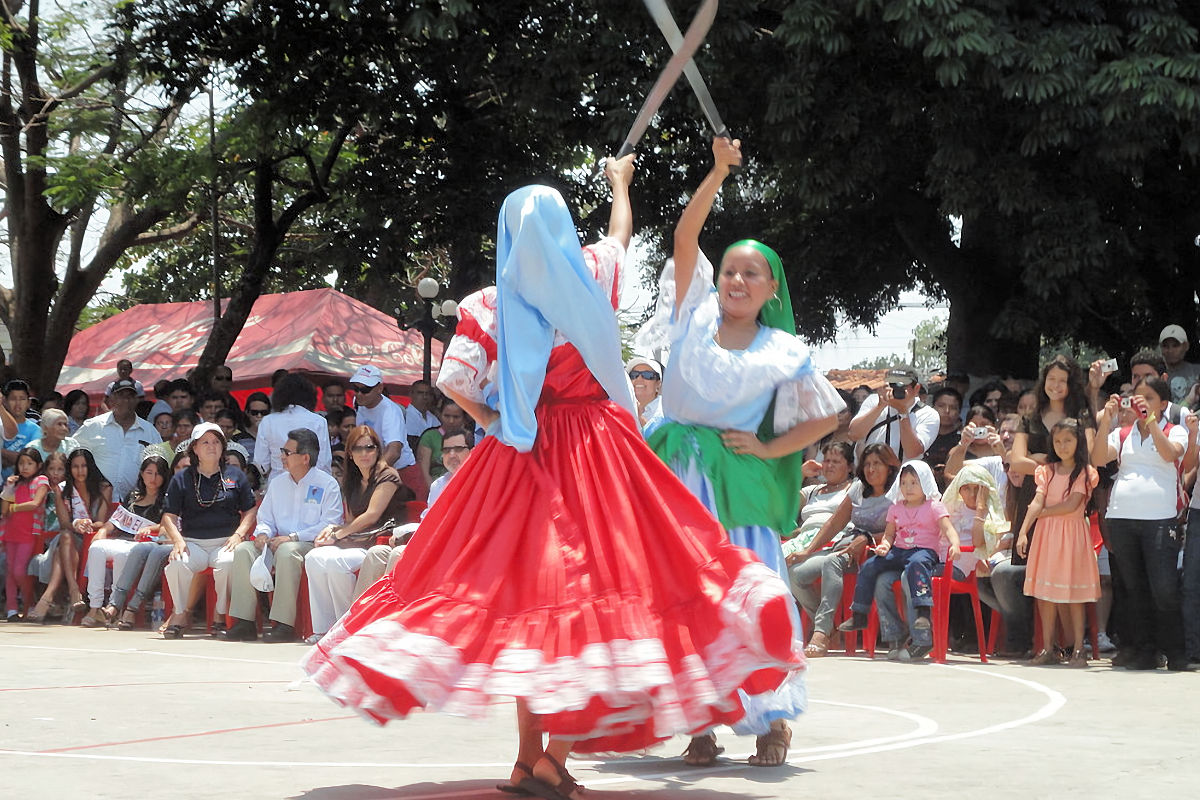
The other type is known as modern peasant dress because, unlike the previous one, the skirt reaches a little below the knees. For special events and celebrations, it is usually accompanied by a unicolor shawl.
Typical male costumes of El Salvador
The typical male costumes are the same throughout El Salvador. Only in some regions can you observe significant variations. Come and discover what they are.
9. Traditional peasant (Campesino)
Campesino tradicional is also known as the typical old costume worn by the natives in colonial times. The Spaniards imposed this dress, which was always made of a white blanket.
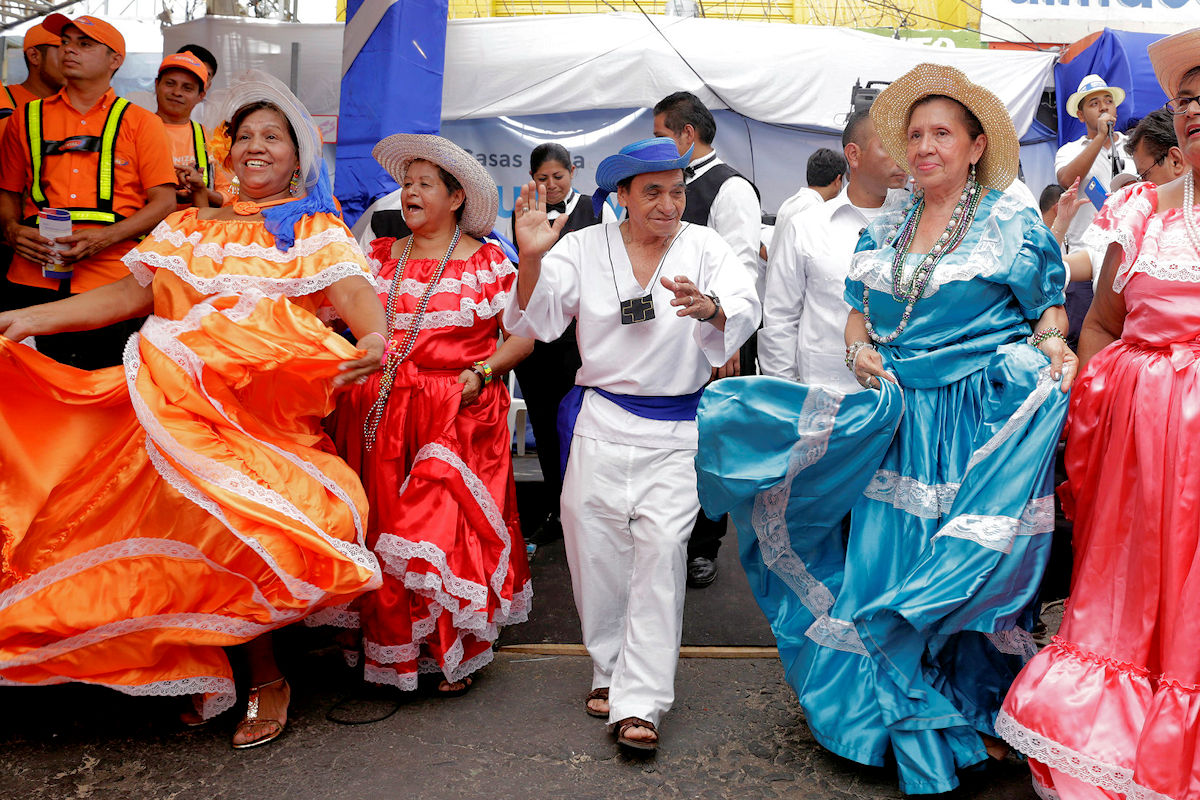
It consists of two pieces, the pants, and the long coton, to cover their intimate parts. It’s because the indigenous people did not wear underwear during the colony, and with this garment, they could hide their figure.
In Izalco, this type of costume is also used, except coton in different colors was allowed. Finally, they wore hats and could go barefoot or with caites.
10. Modern peasant (Campesino moderno)
To finish our list of typical Salvadoran costumes, we have the modern male peasant costume, in force since approximately 1932. It is a much more elaborate attire that includes shoes, pants, long sleeve shirt, a belt, and a hat.

As for the pants, they can be made of yucca or syncatex, and more modern versions include jeans. The shirt is worn with sleeves rolled up and in bright colors, and the costume is not combined or governed by specific colors.
Did you like the typical costumes of El Salvador? If you plan a visit to any of its departments, especially during their national holidays or in events of patron saint festivals, you can enjoy each of them. It is part of the culture of these festivities.
